mikte15
Active Member
After building a pair of speakers that sounded very good and having reasonably good success restoring vintage audio I was anxious to build my own amplifier from scratch. Rod Elliot’s Elliot Sound Products (ESP) offered an amplifier kit based on a single board. His site gives instructions on how to build the kit for a 60-70 WPC amp. Since I learned most of what I know about audio electronics by reading articles on his site I thought I would give it a try. I bought the board kit (P3A) and his speaker protection kit (P33), then it was up to me to design a case and power supply for it. After several different case ideas based on extruded aluminum and other materials laying around the shop I work at I settled on this design.

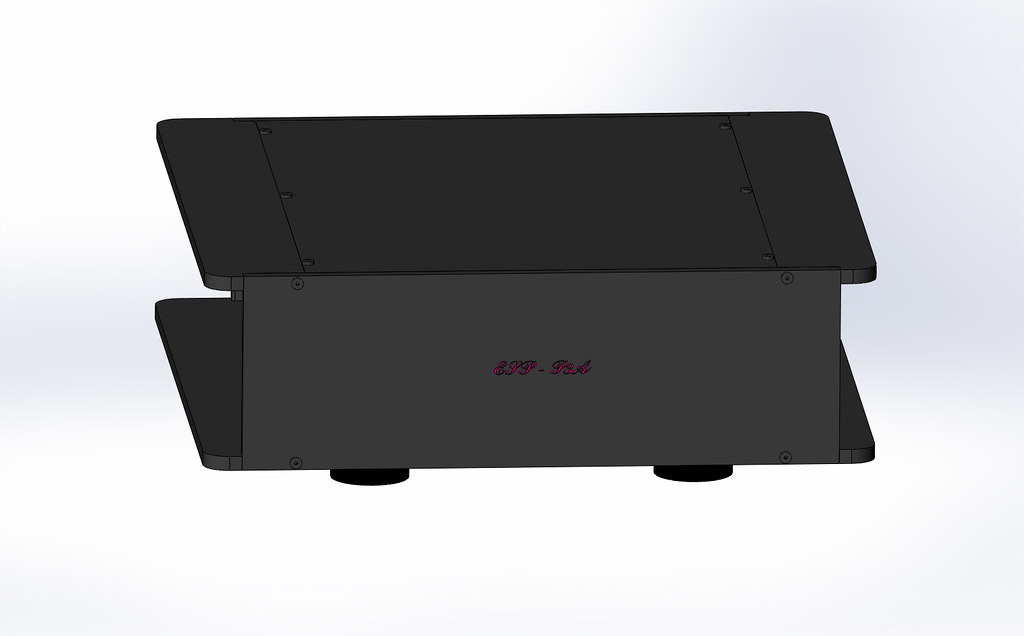






Attachments
-
 ESP-P3A_Amplifier1.JPG13.8 KB · Views: 35
ESP-P3A_Amplifier1.JPG13.8 KB · Views: 35 -
 ESP-P3A_Amplifier2.JPG21.6 KB · Views: 28
ESP-P3A_Amplifier2.JPG21.6 KB · Views: 28 -
 ESP-P3A_Amplifier3.JPG17.5 KB · Views: 25
ESP-P3A_Amplifier3.JPG17.5 KB · Views: 25 -
 ESP-P3A_Amplifier4.JPG25.3 KB · Views: 28
ESP-P3A_Amplifier4.JPG25.3 KB · Views: 28 -
 ESP-P3A_Amplifier6.JPG37.7 KB · Views: 42
ESP-P3A_Amplifier6.JPG37.7 KB · Views: 42 -
 ESP-P3A_Amplifier7.JPG35.8 KB · Views: 36
ESP-P3A_Amplifier7.JPG35.8 KB · Views: 36 -
 ESP-P3A_Amplifier8.JPG31.4 KB · Views: 40
ESP-P3A_Amplifier8.JPG31.4 KB · Views: 40


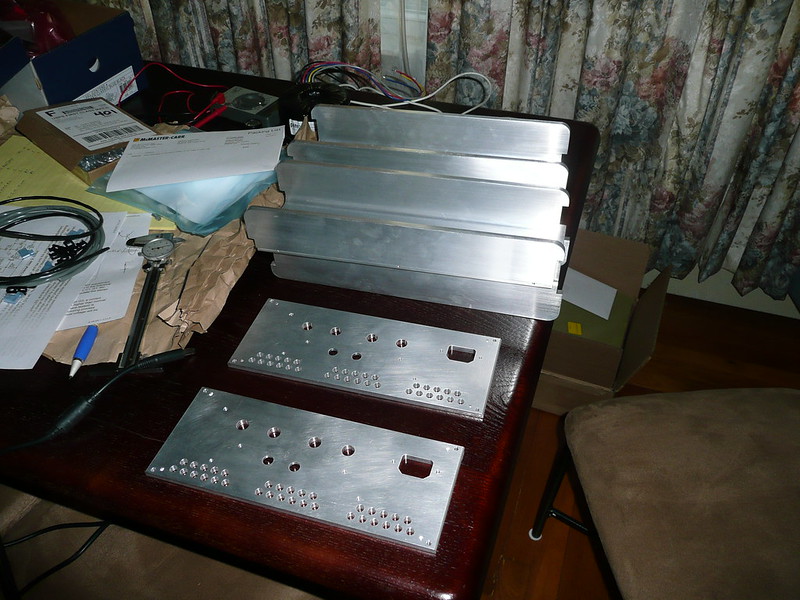
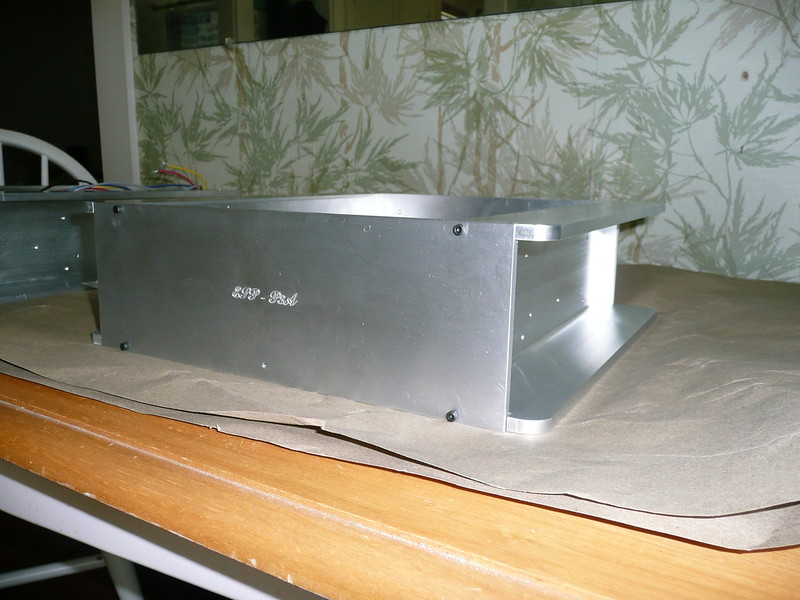
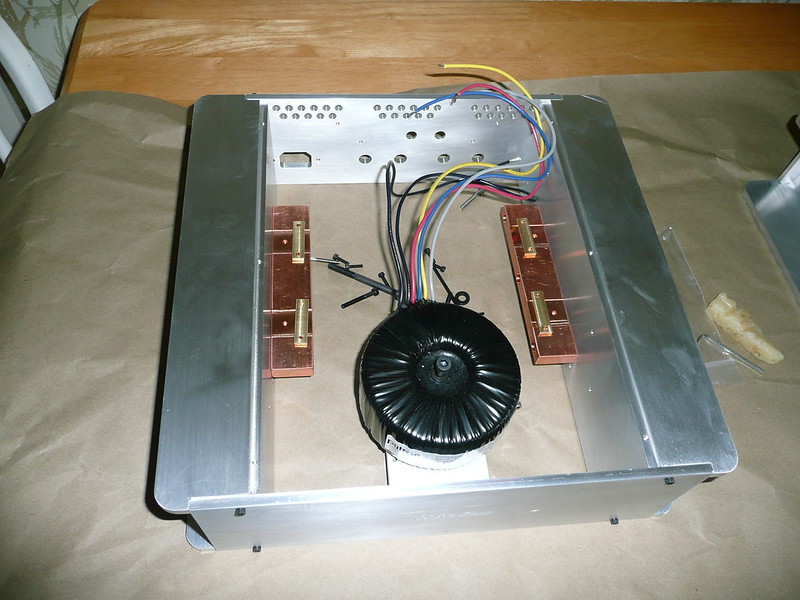
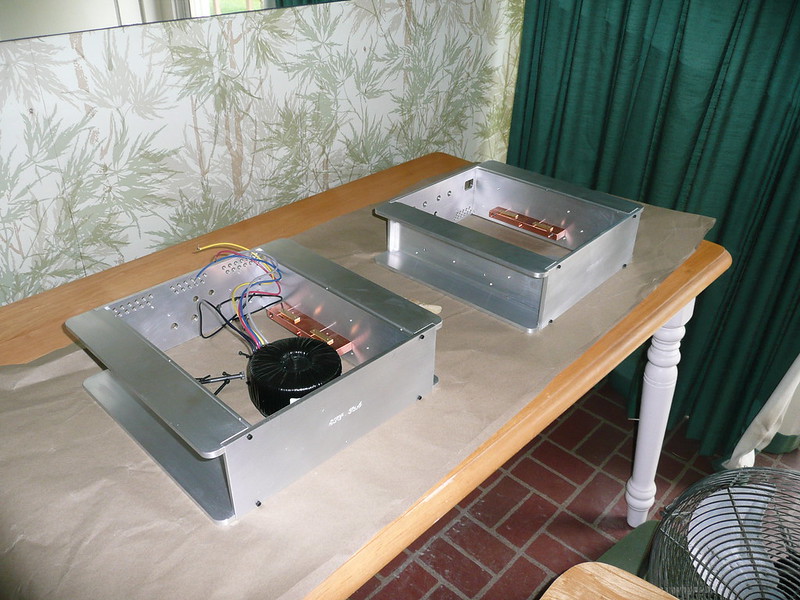
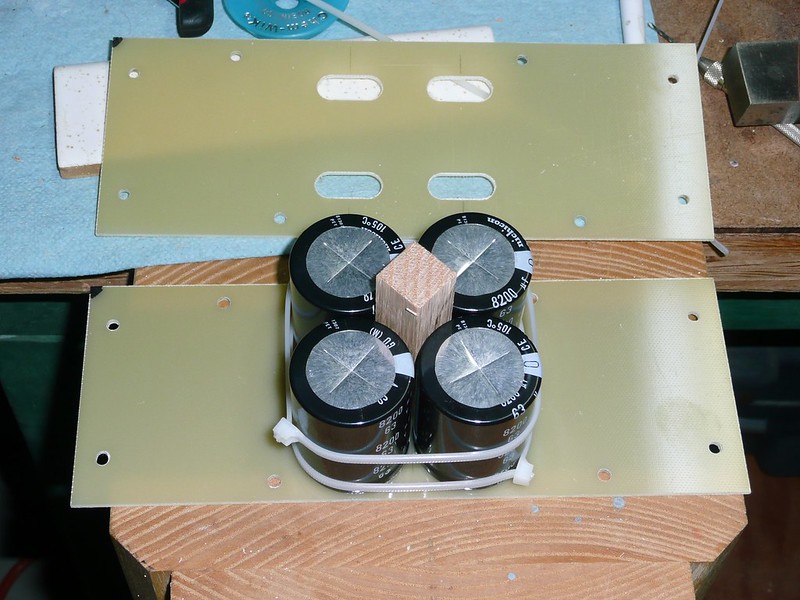
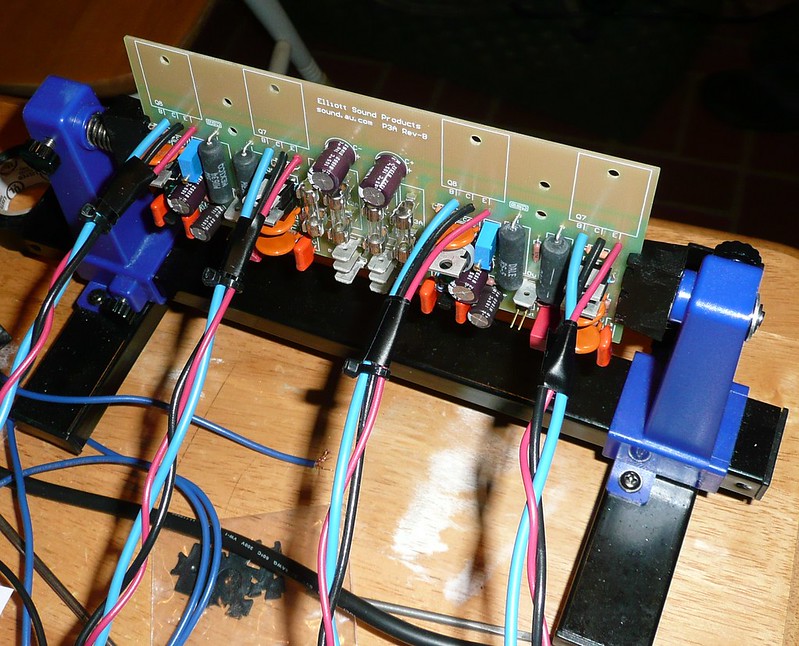
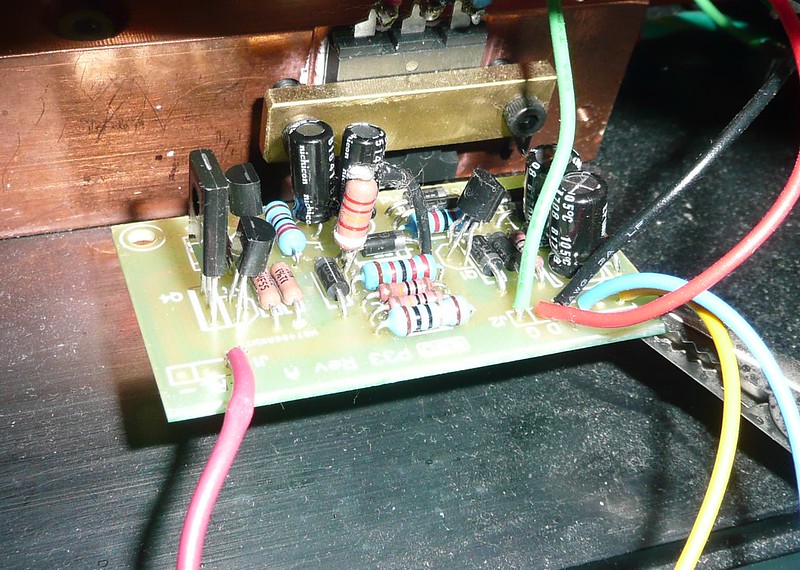
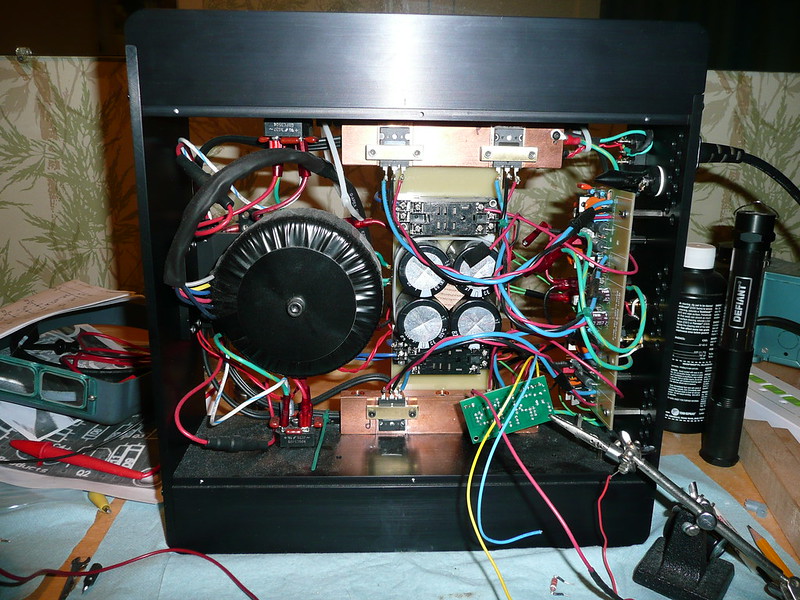
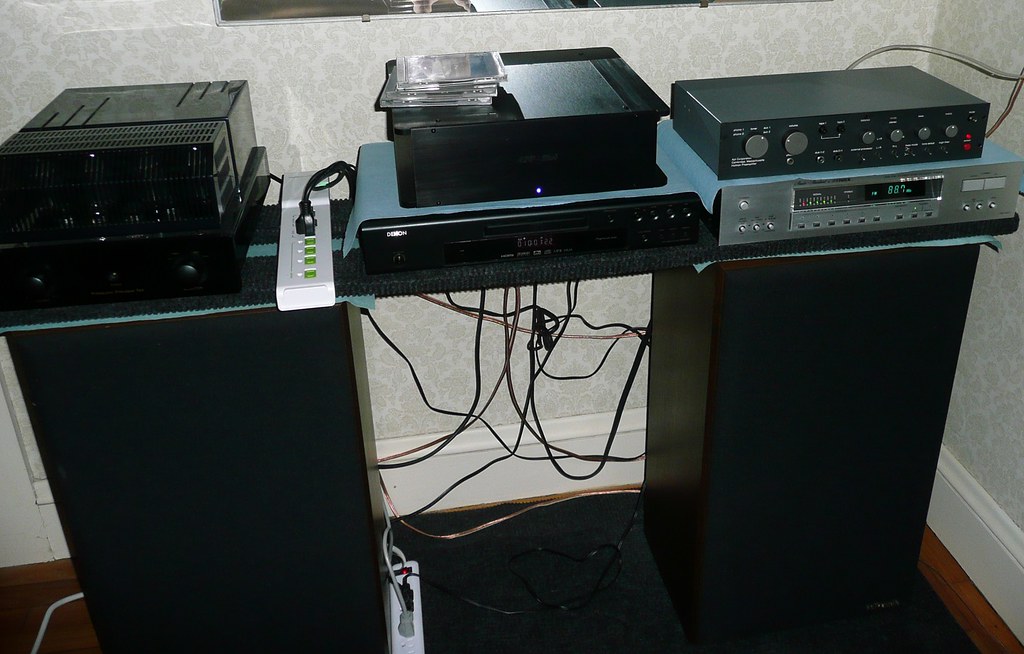
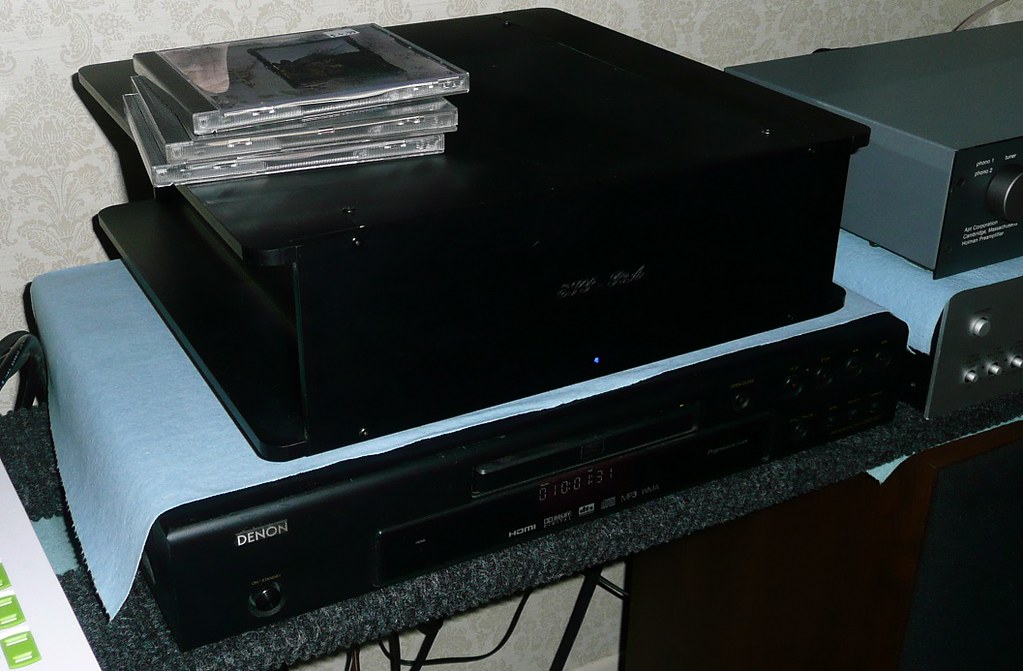
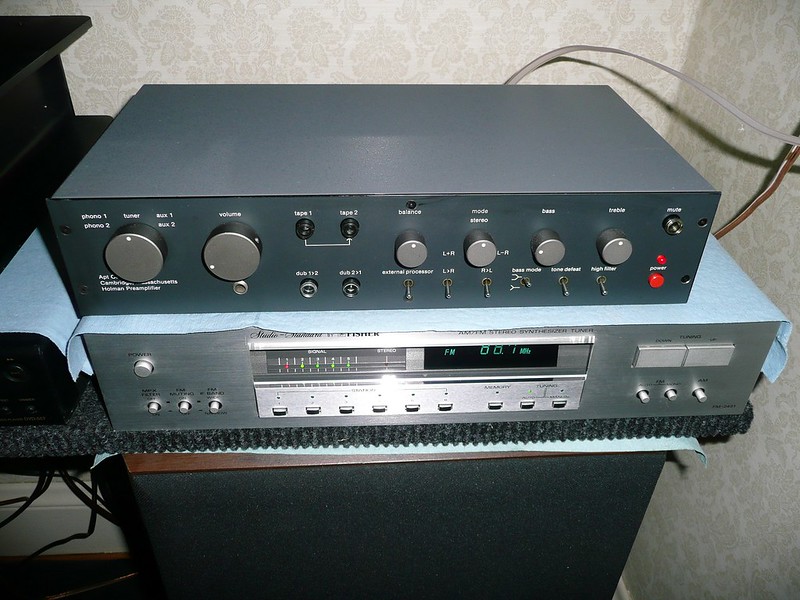
 Nice work. Now go for the P-101..
Nice work. Now go for the P-101..